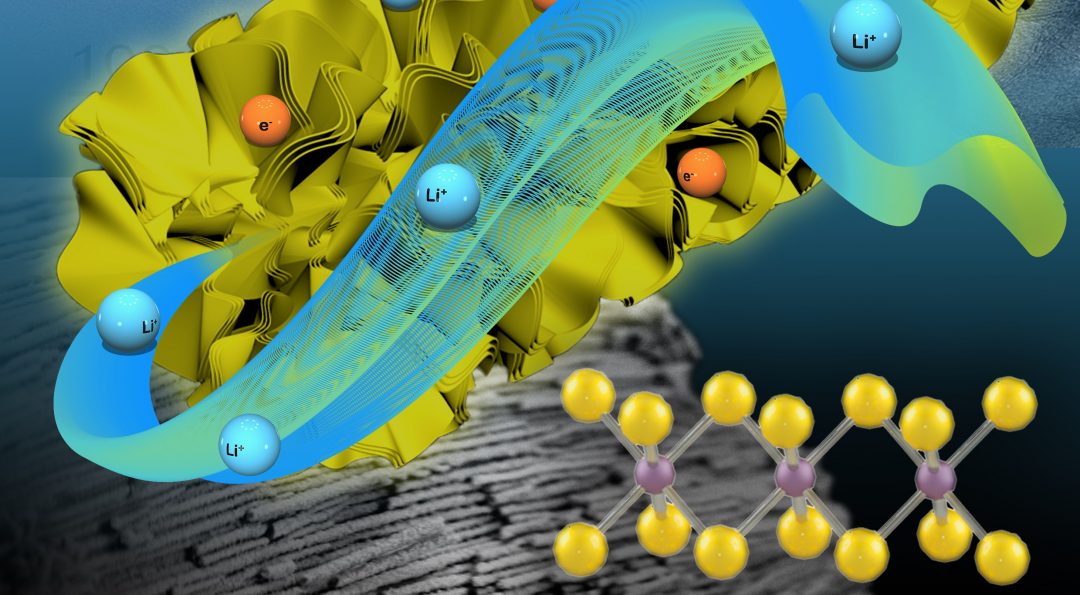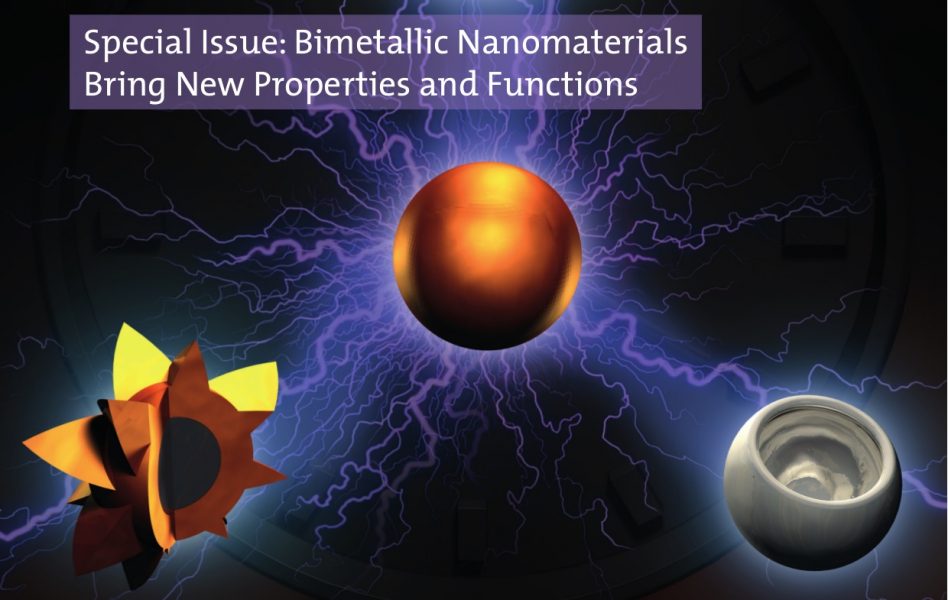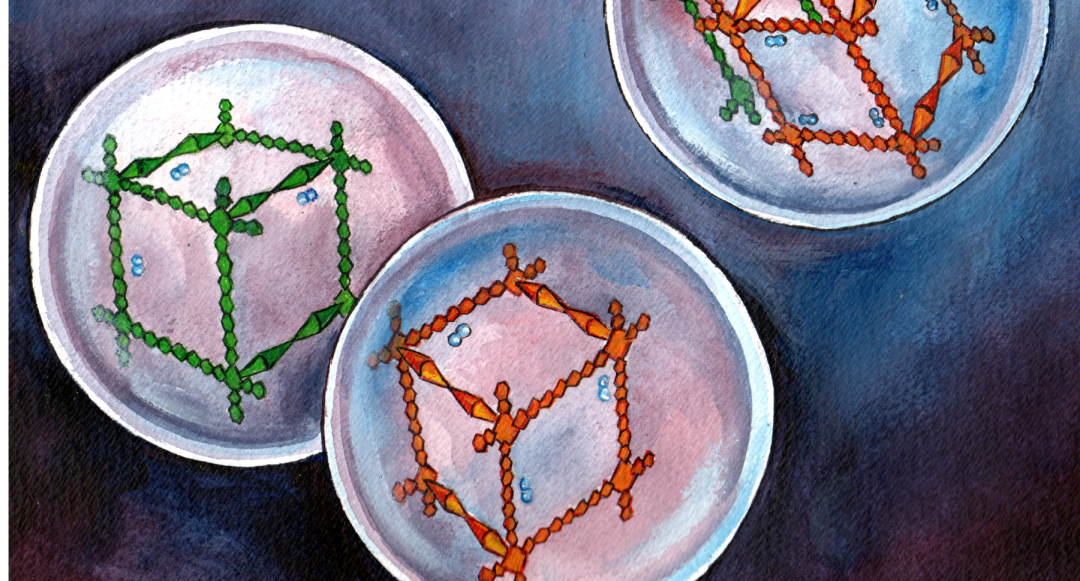A new porous nanotube structure is created from pure metallic molybdenum disulfide, which is useful for fundamental electrochemical studies as well as showing good performance as a lithium-ion battery anode.


A new porous nanotube structure is created from pure metallic molybdenum disulfide, which is useful for fundamental electrochemical studies as well as showing good performance as a lithium-ion battery anode.
As the home of the largest mangrove area in the world, Indonesia is a key player in the international blue carbon agenda. While it has over 22% of world’s mangroves, Indonesia is also facing rapid mangrove degradation.

Successful simulation of hybrid train operation shows reduced emissions, noise levels and operating costs on the existing infrastructure.
None are likely better suited to interdisciplinary research than those early in their scientific careers, and the next generation of scientists whom they are today teaching, advising, and mentoring.

Waterbodies such as oceans, lakes, rivers and aquifers represent large reserves of thermal energy, which can be used to heat or cool nearby buildings and infrastructure.

Reconditioning smartphones and tablets extends the product lifecycle and makes a significant contribution to the protection of both the climate and resources.

acatech describes in a position paper what measures can help to become more independent of raw material imports.

Recent developments and perspectives on bimetallic nanomaterials highlighted in Particle & Particle Systems Characterization.

Interview with Dr. Karsten Müller and Timo Rüde of the Friedrich-Alexander-Universität Erlangen-Nürnberg, Germany about their recent work on liquid organic hydrogen carrier (LOHC) systems and the recent Special Issue of Energy Technology on Hydogen Storage Materials, Carriers, and Processes.
If scientists’ dreams came true, everyday items such as mobile devices, clothing and vehicles would be equipped with flexible solar cells.